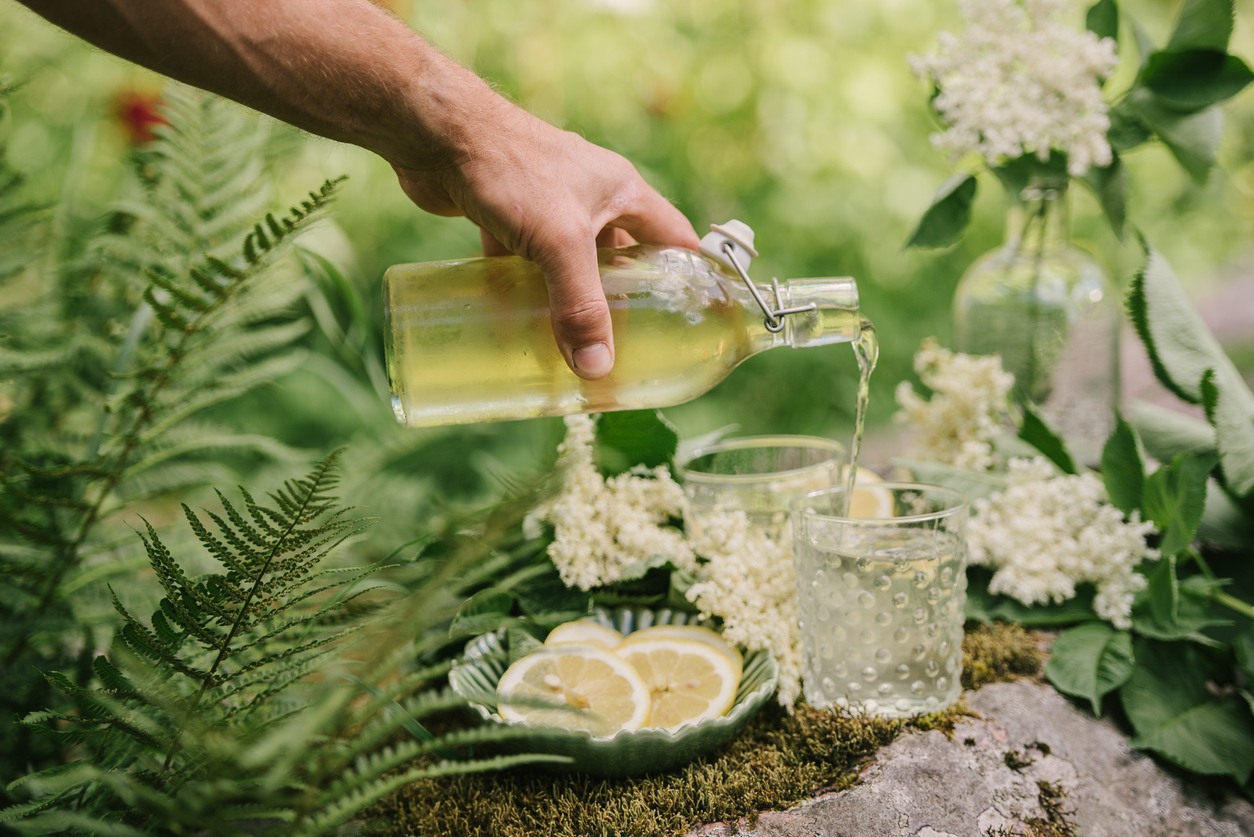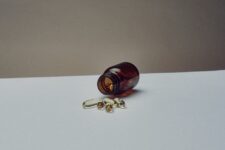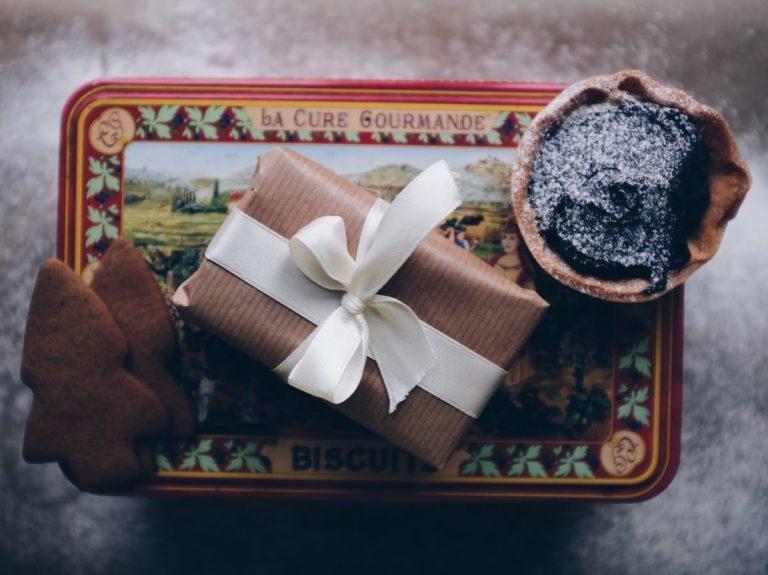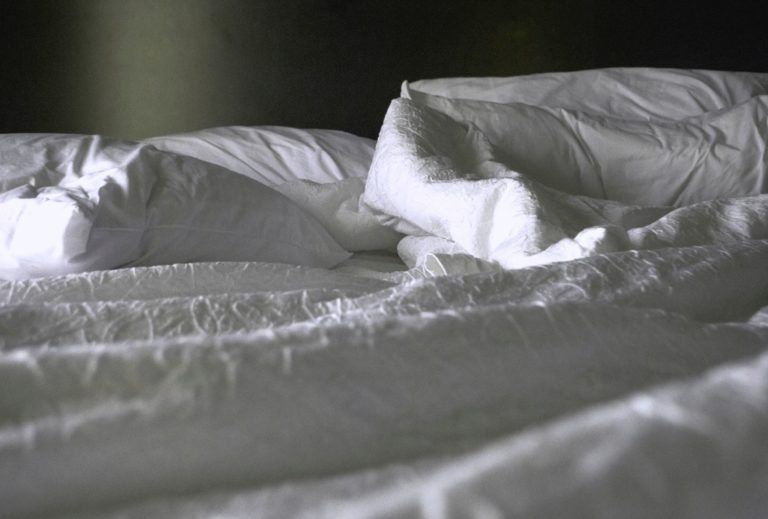Elderberries have been used for hundreds of years in Europe, where they are prized as an immune-booster. This home-made elderberry syrup is a favorite remedy in our family, where we take 1 tbsp a day throughout the winter to ward off colds and flu. If we do start to get sick we step up the dosage and take 1 tsp every two hours. It works really well and we highly recommend it.
Why does it work? Well, elderberries are rich in antioxidants, potassium, beta carotene, calcium, phosphorus, and vitamin C, so their reputation as a tonic is well deserved. I always add plenty of ginger to my syrup because of it’s antiviral properties. Star anise was a recent addition to our recipe after we found out that it is a key ingredient in the flu-fighting drug Tamiflu. Honey has an antimicrobial effect as does cinnamon and cloves. We like to use local raw (unpasteurized) honey for this recipe because it has stronger anti-bacterial, anti-viral, and anti-fungal properties.
Having a jar of elderberry syrup in the fridge is a great plan this winter. It’s easy to make, keeps well and is delicious.
You can take it as medicine or get more creative and use it in recipes. We drizzle ours on buckwheat pancakes, mix it with seltzer, toss is into a smoothie and stir it into tea. We’ve even been known to use it as a base for a festive cocktail.
One word of warning though. This syrup contains raw honey so it isn’t suitable for babies younger than 1 year old. Honey may contain spores of a bacteria that can cause botulism, which an infant’s immature immune system can’t handle.
You’ll need:
- 4 cups of water
- 1 cup dried Elderberries or 2 cups of fresh elderberries.
- 2 tbsp grated ginger
- 5 cloves
- 4 star anise
- 2 sticks cinnamon
- 1 cup of raw honey
Here’s what you do
- Combine the water, dried elderberries, grated ginger, cloves, star anise and cinnamon in a pan and bring to a boil.
- Simmer over a low heat for about 40 minutes until the mixture has reduced by half.
- While the syrup is simmering sterilize 5 small 4 oz jelly jars (for instructions see below).
- Allow the syrup to cool a little and then strain it.
- Combine the strained liquid with honey. The syrup needs to be cool enough (less than 115°F) so that it doesn’t cook the honey. That way you still get the added benefits of using raw honey in this recipe.
- Discard the herbs at this stage.
- Pour into the sterilized jars and keep in the fridge.
- The syrup should keep for up to 2 months, although it almost goes without saying that if it starts to go moldy or smells funky before that you should throw it out and start again.
Makes: 5 small 4 oz jars of syrup.
Dosage: 1 tbsp a day as a preventative, 1 tsp every 2 hours if you have a cold of flu to shorten the duration.
How to sterilize your jars
First choose suitable glass jars or bottles. The USDA recommends using special tempered-glass jars free of cracks. Look for ones that have a two-part vacuum cap consisting of a flat metal lid and a metal screw band. We use Ball Jars and I like to use the small 4oz jelly jars so we can give syrup to friends as gifts.
Wash the jars, lids, and bands in hot soapy water and rinse.
Bring a large pot of water to a boil. Put the jars in right side up, making sure they are completely submerged in the water. Tongs helps you maneuver your jars into the water.
Bring the water to a boil over high heat, and then turn down the heat and boil the jars for 15 minutes.
Turn off the heat. Add the jar lids to the pot, along with the pincer end of the tongs of the tongs. Leave the jars, lids and tongs in the water for at least 10 minutes.
When you are ready to fill your jars use the tongs to take them out of the water. Pour the water out of the jars and them place them on a paper towel with the open side upwards.
Fill the jars with syrup and use the tongs to remove the lids to seal the jars.






